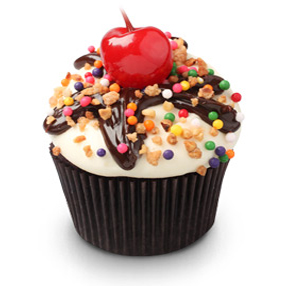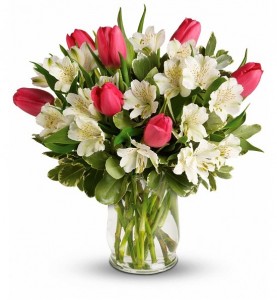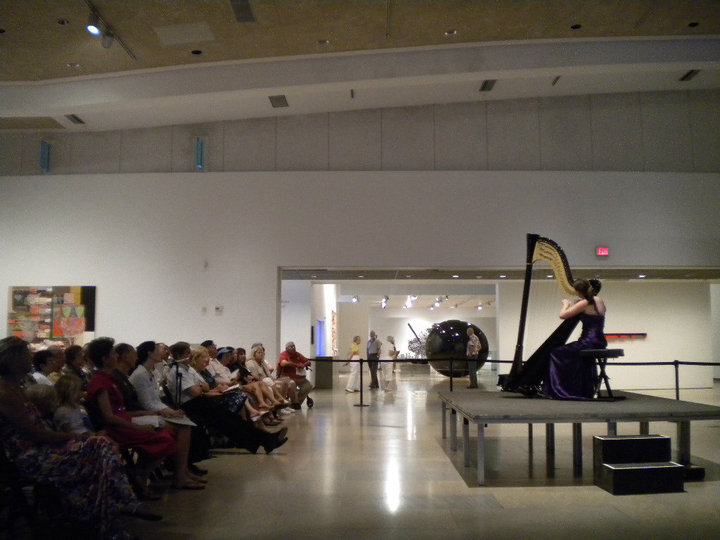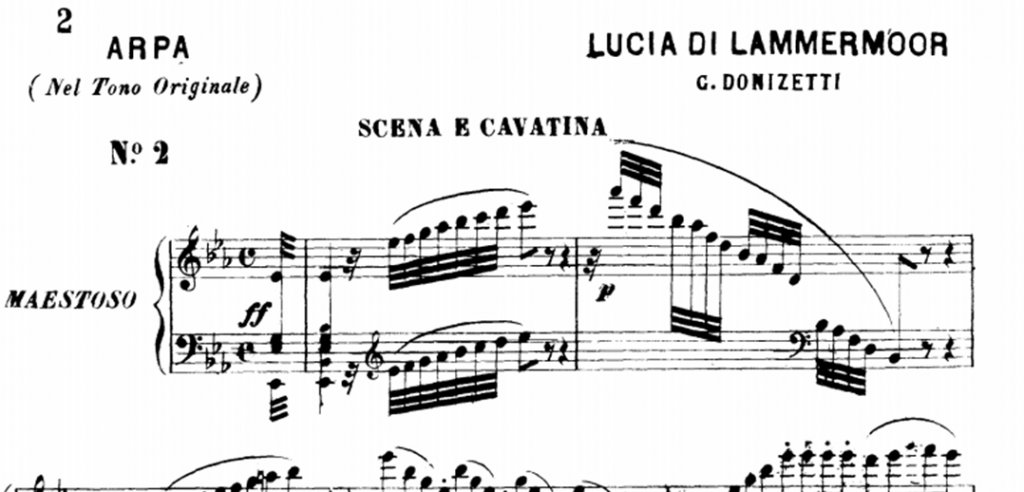How do you design your recital programs? If you are in school you will most likely say that your teacher dictates at least some of what you play, and you fill in the rest with desires of your own. If you are a professional and are out in the working world chances are your response is a bit more complicated.
 Planning a recital should be more than just picking a few pieces that you like. If you are really looking to make a difference in your community and life through your art you have to bring the WOW factor.
Planning a recital should be more than just picking a few pieces that you like. If you are really looking to make a difference in your community and life through your art you have to bring the WOW factor.
What is the WOW factor?
The WOW factor is the thing (or things) about your performance that makes an audience member not only say “wow” but remember you, and potentially come back to another performance in the future. What makes your audience experience different from that of any other musician in your area or field? Whatever your answer is… that is your WOW factor.
Your WOW factor can be something small:
Maybe you really love to bake, and you provide delicious homemade cupcakes for the reception. This might be the one thing that really makes a difference for an audience member who isn’t a musician.
Or it can be something big:
You can go so far as to control every element and variable to your recital in order to ensure a unique experience for your audience.
Go big or go home.
 Cupcakes are great, but in my world, there is too much at stake to leave things to pastries. But before I even start considering my program I ask myself the following questions:
Cupcakes are great, but in my world, there is too much at stake to leave things to pastries. But before I even start considering my program I ask myself the following questions:
- What are my resources?
- Who is my audience?
- What is my goal?
These are the three most important questions to consider when planning a recital:
Resources: This would be your venue, collaborators, and budget for your proposed event.
Audience: Who do you expect to attend your performance? Contact local government offices to get the demographics of the area where your performance is being held.
Goal: Why are you putting on this performance? We all love the idea of making money playing our instrument, but beyond that, do you have a specific purpose for planning this performance?
I won’t move forward with a recital until I can answer all three of these questions. These answers are then taken into consideration as I follow these laid out steps:
Step 1 – Theme creation:
The word “theme” has so many different meanings. In this context, it lays somewhere between Star Wars themed birthday party and musical theme development. The ability to show cohesive thought, even in the most abstract sense has a profound effect on the audience experience as compared to programs that are just hobbled together non-sensibly. The theme for your recital can be as simple or as elaborate as you desire, but this decision will dictate the repertoire that you choose… here are a few ideas to get you started:
- choose one piece that you really love and design a program around that piece.
- Example: Say your favorite piece of music is “La Voliere Magique” by Marcel Tournier. Pair this
 piece with others about birds, like “Birds in Winter” by Michael Mauldin, “The Lark” by Glinka, “Forest” by Gary Schocker, and bring a friend in to play “The Swan” by Saint-Saëns on Cello, or maybe even trombone!
piece with others about birds, like “Birds in Winter” by Michael Mauldin, “The Lark” by Glinka, “Forest” by Gary Schocker, and bring a friend in to play “The Swan” by Saint-Saëns on Cello, or maybe even trombone!
- Example: Say your favorite piece of music is “La Voliere Magique” by Marcel Tournier. Pair this
- choose a general concept to design a program around.
- Your concept can be literally anything. I have often found that choosing a nationality to focus on, or creating an around the world program works nicely. Choosing composers who all lived in the same time period, or all pieces whose titles start with the letter M. Who knows! The world is your oyster if this is the path you choose. Another very successful concept in my experience is Night Music.
- single-composer concerts.
- This is something I haven’t done yet, but imagine having the opportunity to explore the many voices of one person and sharing that with an audience. This type of concert would allow you to get more in depth with historical information about the composer, and explore some transcription options if you wish to work outside of the standard harp repertoire.
Step 2 – Parts and Variables!
There are two main topics to consider when creating a WOW factor performance that leaves an audience thirsty for more: parts, and variables.
Parts are the many different opportunities in time that you as the performer and presenter have the opportunity to manipulate in order to engage with your audience.
- Pre-concert marketing – how will you reach your target audience? Try targeted marketing through facebook ads, and print fliers at local religious spaces, schools, and restaurants. Be sure to add engaging photos, plenty of details, at a taste of what the audience can expect!
- Pre-concert (at the venue) – what is your audience experiencing before you come out on stage? Is there music playing? Did you book yourself an opener to warm up the audience?? Maybe consider giving a pre-concert lecture! This time is a part of the entire experience and shouldn’t be overlooked.
- Concert transitions – the time in between the notes can often be uncomfortable for an audience. They aren’t sure when to clap, and what to expect. Fill this space with intention by including this time as a part of the performance. This can mean anything from playing a short video that you create about your life, or the life of the composer of the next piece, or asking a friend to read poetry between pieces on your program. This is your time to connect with your audience in whatever way best suits you!
- Post-concert – will you have a post-concert reception (cupcakes!)? Will you invite your audience to come up and look at your instrument, or greet them in the reception hall?
- Follow-up marketing – If you can, try to get people to sign up for a mailing list at the reception to send follow-up questionnaires, and let them know about future performances.
Variables are the specific tasks and tools that you can employ to create that WOW factor. Like much of this, your only limitations are your own imagination. Here are a few ideas of variables that you might be able to manipulate to pump up your WOW factor:
 Venue decorations/ set design – Perhaps a few fake flower bouquets (people are often allergic to the real thing) or a paper moon might enhance your thematic intentions. Consider the venue a part of the performance and you will be able to totally encompass your audience in 360 degrees of your art.
Venue decorations/ set design – Perhaps a few fake flower bouquets (people are often allergic to the real thing) or a paper moon might enhance your thematic intentions. Consider the venue a part of the performance and you will be able to totally encompass your audience in 360 degrees of your art.- Technology incorporation – audio or visual. Technological elements can add an interesting and engaging element to any performance. There isn’t a lot of music out there that incorporates technology as a pre-existing element for the harp in the same way that those pieces exist for other instruments. But, don’t allow this to dissuade you from using this powerful and engaging element. Consider taking a piece on your program and creating an Avante Garde film to play during the performance. Take videos on your phone of images that inspire you or remind you of the piece!
- Communication style – there are lots of ways to communicate with an audience. Play to your strengths! If you are a really strong writer, but you are just not comfortable with public speaking, consider creating slides of information to project while you play, or create really beautiful handmade programs with notes about the performance. If you are comfortable with public speaking take this as an opportunity to explore the many different types of verbal communication. Tell a story from your life that connects with your interpretation of a work or choice for programming. Not comfortable giving out personal information? Make something up. Only your family will know and this gives you the opportunity to live any life that you desire for an hour!
- Costuming – What you wear to perform can say a lot about how seriously you want to be taken. Consider your venue, audience, and intended goal when making your performance costume choices. When in doubt be a little impractical. A costume change might not be necessary… but it might just be the one thing that creates that magical experience for an audience member.
 Lighting – Your ability to control this factor of the performance will depend greatly on your venue. If you are playing in a space that has a light board, all the better. Hire a friend to control the dials and design a lighting aesthetic for your entire program. In a less flexible space? Consider bringing along a few floor lamps or lanterns to create your desired atmosphere.
Lighting – Your ability to control this factor of the performance will depend greatly on your venue. If you are playing in a space that has a light board, all the better. Hire a friend to control the dials and design a lighting aesthetic for your entire program. In a less flexible space? Consider bringing along a few floor lamps or lanterns to create your desired atmosphere.
These are just a few ideas…
You can do anything you like when it comes to recital programming. My biggest advice for successful programs that get you invited back, again and again, is this: consider more than yourself when you make your repertoire choices. An audience doesn’t care that you love the Salzedo “Variations on a Theme in Ancient Style” unless you give them context.
How do you make programming decisions? Have you ever manipulated any of the parts or variables listed above? Comment below with your ideas for how to create a concert that has a WOW factor and be open to the imaginative potential in recital programming!












